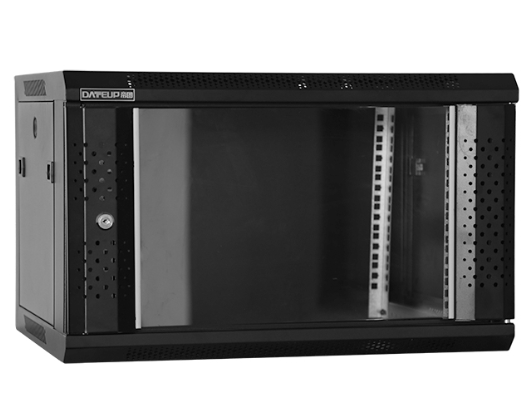News
Site Editor
 Site
https://leonetworkgroup.usa18.wondercdn.com/uploads/image/5fe152faa587d.png
Testing high voltage cables is crucial in ensuring their safety and reliability. A high voltage cable is any cable that is designed to transmit electric power with a voltage rating of 1,000 volts or higher. These cables are commonly used in power generation and distribution systems, industrial settings, and in transportation infrastructure.Testing high voltage cables requires specialized equipment
Site
https://leonetworkgroup.usa18.wondercdn.com/uploads/image/5fe152faa587d.png
Testing high voltage cables is crucial in ensuring their safety and reliability. A high voltage cable is any cable that is designed to transmit electric power with a voltage rating of 1,000 volts or higher. These cables are commonly used in power generation and distribution systems, industrial settings, and in transportation infrastructure.Testing high voltage cables requires specialized equipment
How To Test High Voltage Cables
Views: 397
Author: Site Editor
Publish Time: 2023-07-11
Origin: Site
Testing high voltage cables is crucial in ensuring their safety and reliability. A high voltage cable is any cable that is designed to transmit electric power with a voltage rating of 1,000 volts or higher. These cables are commonly used in power generation and distribution systems, industrial settings, and in transportation infrastructure.
Testing high voltage cables requires specialized equipment and expertise. The most common method for testing high voltage cables is by using a high voltage test set, which generates a high voltage potential across the cable and measures its response. This method is known as a dielectric test.
Here are the steps involved in testing high voltage cables:
1. Prepare the test equipment.
The first step is to prepare the test equipment, including the high voltage test set, cables, and probes. The test set should be calibrated and properly grounded to ensure accurate results.
2. Inspect the cable.
Before conducting the test, inspect the cable for any visible damage, cracks, or wear and tear. This helps to ensure that the cable is in good condition and can handle the test.
3. Connect the cables.
Connect the high voltage test set to the cable under test using the appropriate cables and probes. Ensure that the connections are tight and secure, and that all safety measures are in place.
4. Apply the test voltage.
Apply the test voltage to the cable under test using the high voltage test set. The voltage level used for the test will depend on the voltage rating of the cable.
5. Monitor the cable response.
Monitor the cable response during the test. This includes measuring the current, voltage, and frequency of the cable. Any abnormal response should be noted and investigated further.
6. Disconnect the test equipment.
Once the test is complete, disconnect the test equipment from the cable and remove all probes and cables. Ensure that all test equipment is properly grounded before disconnecting.
7. Inspect the cable again.
Inspect the cable again for any damage or changes that may have occurred during the test. This is an important step to ensure that the cable is safe to use and has not suffered any adverse effects during testing.
In conclusion, testing high voltage cables is essential in maintaining the safety and reliability of power transmission and distribution systems. The dielectric test is the most common method for testing high voltage cables, and it requires specialized equipment and expertise. By following the steps above, high voltage cables can be tested effectively and safely.
If you want to know more about industrial network cabinet,china fiber optic splice closure,china fiber optic distribution box,please consult the fiber optic splice closure factory









